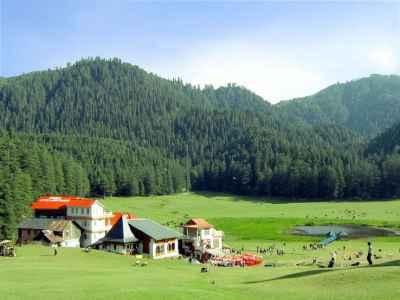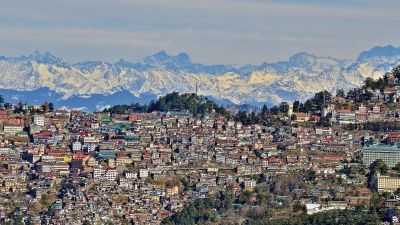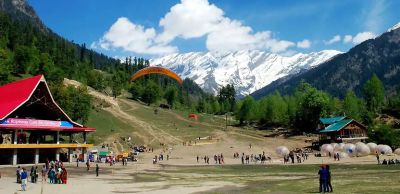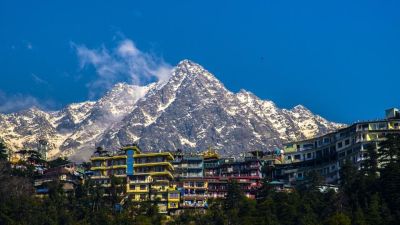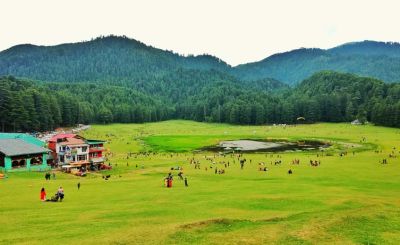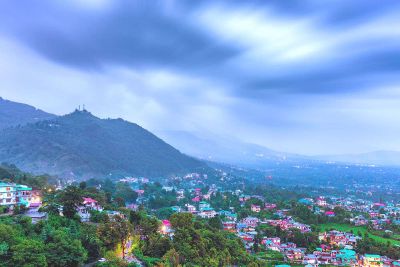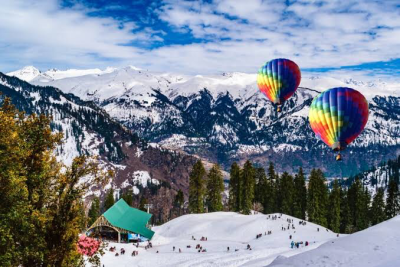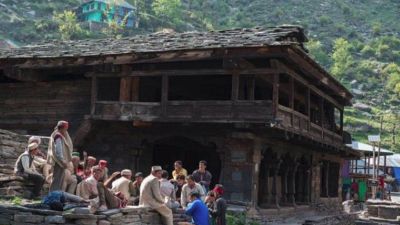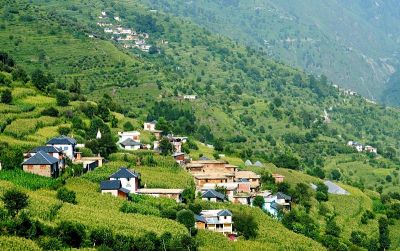Sustainable Travel in Spiti Valley: How to be a Responsible Tourist
Sustainable travel is becoming increasingly important in today's world, as more and more people are becoming aware of the impact of tourism on the environment and local communities. One destination that is gaining popularity among eco-conscious travelers is Spiti Valley in the northern Indian state of Himachal Pradesh. Known for its pristine landscapes and unique culture, Spiti Valley offers travelers a chance to explore the beauty of the Himalayas while also making a positive impact.
Why choose sustainable travel in Spiti Valley?
Spiti Valley is a remote and fragile region that is home to a diverse range of flora and fauna. However, the increasing number of tourists visiting the valley has been putting a strain on its resources and delicate ecosystem. By choosing sustainable travel practices, you can help minimize your carbon footprint and preserve the natural beauty of the valley for future generations.
How to reach Spiti Valley
Spiti Valley is located at an altitude of over 12,000 feet, and reaching there can be a bit of an adventure in itself. The most common way to reach Spiti is via road. You can either drive from Shimla or Manali, both of which are well-connected to major cities in India. Alternatively, you can also take a public bus from either of these towns. However, it's important to note that the roads in Spiti Valley can be treacherous, especially during the monsoon season, so it's advisable to hire an experienced driver if you are not confident in your own driving skills.
Where to stay in Spiti Valley
When it comes to accommodation in Spiti Valley, there are several options available for sustainable travelers. You can choose to stay in eco-friendly homestays that are run by the local community. These homestays offer a unique opportunity to immerse yourself in the local culture and way of life. Another option is to camp in designated camping areas, where you can enjoy the breathtaking views of the valley while minimizing your impact on the environment.
Responsible tourism practices
Once you have reached Spiti Valley, there are several ways in which you can be a responsible tourist:
- Respect the local culture: Spiti Valley is home to a rich and ancient Tibetan Buddhist culture. It's important to respect the local customs and traditions when visiting monasteries and other religious sites. Dress modestly, remove your shoes when entering temples, and ask for permission before taking photographs.
- Minimize waste: Carry a reusable water bottle and refill it at your accommodation. Avoid buying single-use plastic bottles, as waste management is a major challenge in the valley. Also, make sure to dispose of trash responsibly and take it back to the nearest town if there are no proper waste disposal facilities available.
- Support local businesses: When dining out or shopping for souvenirs, choose locally-owned establishments. This helps support the local economy and ensures that the benefits of tourism reach the local communities.
- Follow responsible trekking practices: Spiti Valley offers some amazing trekking opportunities, but it's important to follow responsible trekking practices. Stick to designated trails, avoid littering, and respect the wildlife by observing from a distance.
- Conserve water and energy: Water is a scarce resource in Spiti Valley, so use it sparingly. Take short showers and turn off lights and electronics when not in use.
The cost of sustainable travel in Spiti Valley
When it comes to the cost of sustainable travel in Spiti Valley, it largely depends on your preferences and choices. Accommodation in eco-friendly homestays and campsites is usually more affordable than luxury hotels. The cost of meals also varies depending on where you choose to eat, with local eateries offering more budget-friendly options.
Overall, sustainable travel in Spiti Valley doesn't have to be expensive. By making conscious choices and supporting local businesses, you can have a memorable and environmentally-friendly trip without breaking the bank.
Conclusion
Spiti Valley is a place of incredible natural beauty and cultural richness. By choosing sustainable travel practices, you can ensure that this fragile region remains pristine and untouched for generations to come. Remember to respect the local culture, minimize waste, support local businesses, and conserve water and energy. Together, we can make a positive difference and create a more sustainable future for Spiti Valley and beyond.
Sharing this blog post with your fellow travelers can help spread the message of sustainable travel and inspire others to make conscious choices when planning their trips. Together, we can protect our planet and create a brighter future for all.
Disclaimer : The information provided in this blog is for general informational purposes only. While we strive to keep the content accurate and updated, TravelSetu assumes no liability for errors or omissions. If you believe any part of this blog infringes your rights or causes concern, please notify us immediately at info[at]travelsetu[dot]com so that appropriate action can be taken.


